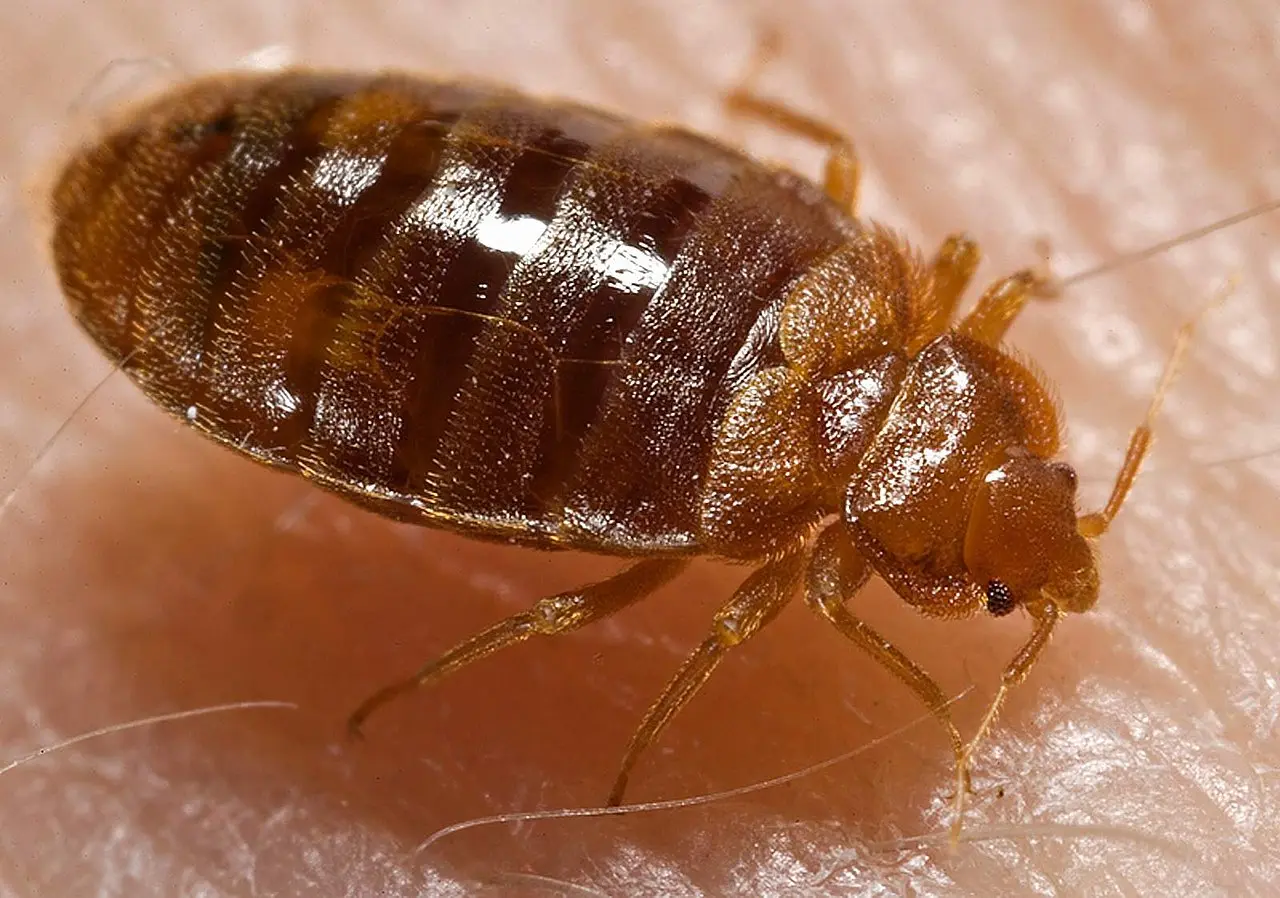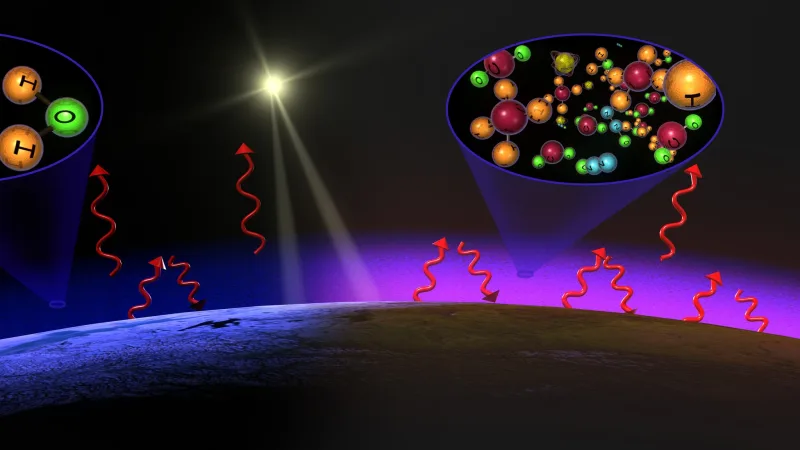From Caves to Condos: How Bedbugs Became the Original Urbanites

They hide in mattress seams, creep out at night, and leave you with itchy welts—and they’ve been doing it for thousands of years. But bedbugs aren’t just modern-day nightmares. Their story is intertwined with our story, stretching from prehistoric caves to the concrete jungle. In fact, these tiny insects may be among the first species to fully embrace urban life—long before rats, cockroaches, or even house cats.
Let’s unravel the evolutionary thriller of the humble bedbug, an insect that learned how to follow humans from the wild into the world’s earliest cities—and made themselves at home in our beds.
A Bloodthirsty Beginning: From Bats to Bipeds
Before they crawled under our sheets, bedbugs lived a very different life—in caves, dining on bats.
Roughly 245,000 years ago, one branch of the species now known as Cimex lectularius made a dramatic dietary change: it switched from sucking bat blood to human blood. Scientists suspect this transition began with Neanderthals, who were the cave’s new tenants. And as early humans evolved, so did their unwanted companions.
This change marked the birth of the human-bedbug relationship—a relationship that would only grow more intimate (and irritating) over time.
The Rise of the City… and the Bug Boom
For tens of thousands of years, humans lived in small, scattered groups—nomads rarely sleeping in the same spot. That wasn’t ideal for parasites like bedbugs, who thrive on proximity and predictability.
But around 13,000 years ago, things began to change. Human settlements appeared in parts of West Asia, slowly evolving into the first cities. With permanent homes came permanent problems. For bedbugs, this was a golden opportunity.
Genetic studies show that bedbug populations suddenly surged during this era. Their numbers plateaued, then exploded again about 7,000 years ago—mirroring the timeline of urban expansion.
Why? Because cities brought humans closer together. And where humans gathered, bedbugs thrived. Shared sleeping quarters, compact living spaces, and regular human movement all helped these insects spread—and breed.
Bedbugs vs. Other Pests: The Original Urban Specialist
We usually think of rats and roaches as the archetypal city pests. But bedbugs may have beaten them to it.
- Black rats likely joined the cityscape around 5,000 years ago.
- German cockroaches adapted to human homes about 2,100 years ago.
- House mice, though associated with humans for at least 15,000 years, can live independently in the wild.
Bedbugs, in contrast, are utterly dependent on us. They don’t scavenge our food or infest our trash—they need our blood. In evolutionary terms, they committed fully to human civilization and never looked back.
DNA Tells the Tale: How Science Tracked the Bedbug Boom
Modern genetic analysis has allowed scientists to piece together this bug’s ancient journey. Teams at Virginia Tech used DNA sequencing to compare two lineages of Cimex lectularius: one that still feeds on bats, and one that targets humans.
Here’s what they found:
- The bat-feeding bugs are in decline.
- The human-feeding bugs show two dramatic surges in population, each aligned with urban growth.
These findings offer a fascinating glimpse into how some species adapt rapidly to human environments. It’s not just about surviving—it’s about exploiting our lifestyle.
Are There Global Bedbug “Cultures”?
One lingering question for researchers is whether bedbugs adapted to humans in just one region—or whether different populations across the world made the switch independently.
If so, that would mean multiple evolutionary jumps from bats (or other hosts) to humans—each shaped by local environments, architecture, and human behavior.
Ongoing studies aim to compare genomic signatures of bedbugs from various continents to uncover whether this pest’s city-loving nature emerged once—or many times over.
Lessons from a Tiny Parasite
Understanding bedbugs isn’t just a creepy curiosity—it offers insight into how species evolve alongside us.
Their story:
- Shows how urbanization reshapes biology.
- Reveals the speed and scope of human-driven adaptation.
- Provides a model for studying pest resistance, disease vectors, and cohabitation in crowded spaces.
As cities grow denser and travel becomes more globalized, creatures like bedbugs remind us that we’re not alone in our urban habitats. Nature always finds a way to tag along.
The Next Time You Sleep…
Remember, you’re lying on centuries of evolutionary history. The bedbug under your mattress isn’t just a nuisance—it’s a testament to how deeply some creatures have embedded themselves into the story of humanity. Just don’t let them bite.
A Snapshot
| Trait | Bedbug Fact |
|---|---|
| Scientific name | Cimex lectularius |
| Ancestral diet | Bat blood |
| First adapted to humans | ~245,000 years ago |
| Urban boom begins | ~13,000 years ago |
| Fully human-reliant | Yes |
| Pest status | Among the earliest urban insect pests |






